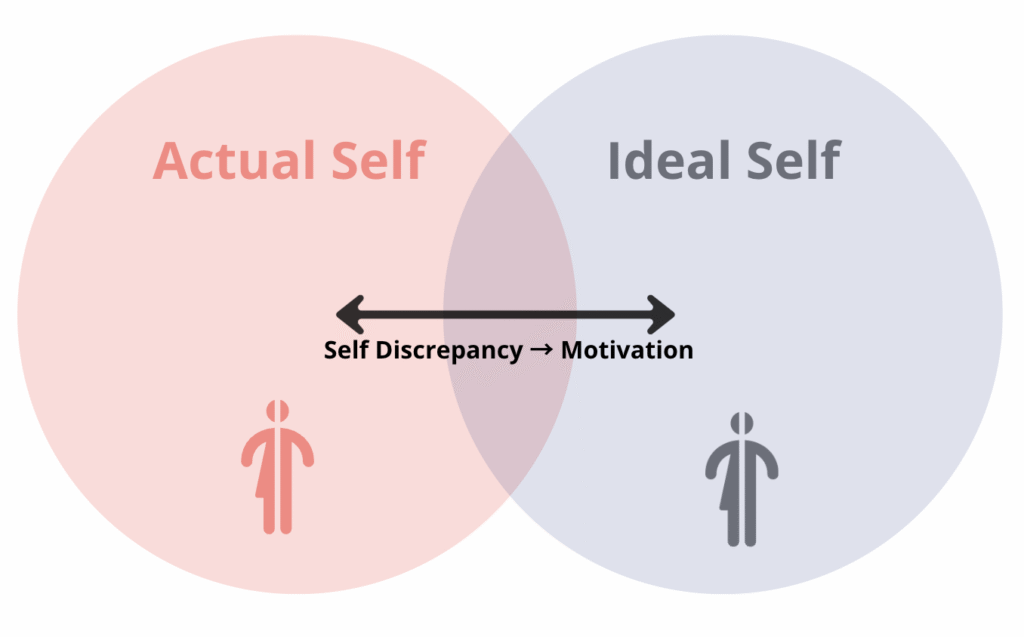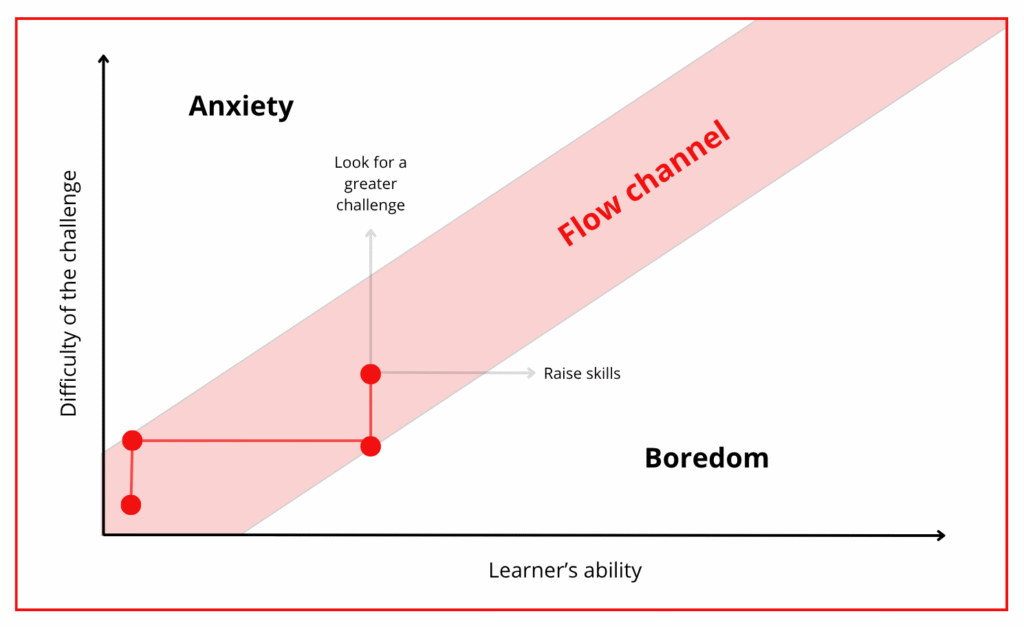On 11 March, the Teach on Mars community came together for the second edition of Learning Insights. The subject was learner motivation and sources of engagement. We look back on the highlights of this interactive event and on the key takeaways to apply to your training courses.
Reasons for training; different kinds of motivation
Let’s consider an example before examining these concepts: Kim spends hours studying web development on YouTube, while Ahmed is about to complete a cybersecurity course which he has to pass by the end of the month. This example illustrates the difference between two types of motivation:
- Intrinsic motivation: the pleasure of learning and a desire to explore.
- Extrinsic motivation: a certificate, bonus or deadline.
Neither is “better”, but their effects are not the same. Online courses are intended to bolster intrinsic motivation, while addressing external priorities. This is where motivation theories can be of use to us. Let’s look back at 3 key motivation theories presented during our last Learning Insights event.
Theory #1: Self-Determination Theory

According to researchers Deci and Ryan (2000), our motivation is nurtured by three core needs:
- Autonomy: the need to feel in control of your own learning.
→ In practical terms: offering short modules, indicating the length of courses, providing a flexible order of progression and using recommendation quizzes to personalise the pathway. - Skills: the need to feel proficient and capable of succeeding.
→ In practical terms: gradually increasing the difficulty level, including positive feedback (e.g. encouraging learners), adding progression bars and congratulating small victories. - Relatedness: the need to feel part of a community.
→ In practical terms: inciting users to leave comments, adding peer reviews and designing collaborative activities and ambassador programmes.
💡 Top tip: A good pedagogical design helps to nurture these three needs without forcing participation. Autonomy can also be achieved by respecting more introverted profiles.
Theory #2: Ideal-Self-Theory
Inspired by Carl Rogers, this theory postulates that we’re motivated to close the gap between:
- The Self: the person we currently are,
- The Ideal-Self: the person we aspire to become.
When a gap exists between the current self and the ideal self, this generates tension which can turn into a motivational factor to bridge this gap.

In e-learning, this could be expressed by:
- Learners defining their objectives at the start of the pathway;
- Badges or visual indicators to visualise progression;
- Reflexion time to measure progression.
Theory #3: Flow theory
Popularised by Mihaly Csikszentmihalyi, this theory explores the flow state, in which we are completely absorbed by what we’re doing. This occurs when the level of the challenge is aligned with the level of skill.

To foster this state during training, you can:
- Gradually increase the difficulty level;
- Offer immediate corrective feedback to learners;
- Add levels and rewards (e.g. “Explorer – Navigator – Pioneer”);
- Limit distractions thanks to a seamless interface, clear instructions and concise modules.
Case studies and ideas to try out
The participants at Learning Insights put these concepts to the test through an activity based on an existing course. The aim was to identify factors that fostered or hindered motivation. The result was a profusion of ideas to inject greater autonomy, challenge and social connection into training!
Some of the best practices suggested:
- Using credible personas to create proximity;
- Achieving a smooth progression between activities;
- Giving learners a chance to voice their opinion through polls and comments;
- Rewarding participation with badges and friendly rankings;
- Clarifying the goals from the outset to prevent losing learners along the way.
Top takeaways
5 principles to create stimulating digital courses:Adapt content to suit learners’ needs and aims.
Build bridges between content and the situation in the field.
Nurture progression through frequent and positive feedback.
Urge users to think about themselves and their aspirations.
Adjust the difficulty level to match each learner’s profile.
- Adapt content to suit learners’ needs and aims.
- Build bridges between content and the situation in the field.
- Nurture progression through frequent and positive feedback.
- Urge users to think about themselves and their aspirations.
- Adjust the difficulty level to match each learner’s profile.
Next step…inclusion!
📅 See you on 24 June for Learning Insights #3, a session dedicated to inclusive design in e-learning.
On the agenda:
- Understanding the motivation behind inclusion in adult training;
- Thinking critically about training content;
- Discovering tangible ideas that everyone can use.
Inscriptions are open! Contact your CSM for further details.

Expert en didactique et passionné de langues et de technologies éducatives, Kevin se spécialise dans la formation aux adultes en contexte présentiel, hybride et à distance (e-learning). Fort d’un parcours de 10 ans en tant qu’enseignant-chercheur au sein de grandes universités canadiennes, il souhaite désormais mettre à profit son expertise pédagogique au service des entreprises afin de les accompagner dans la conception de parcours de formation favorisant la réussite et l’inclusion.




